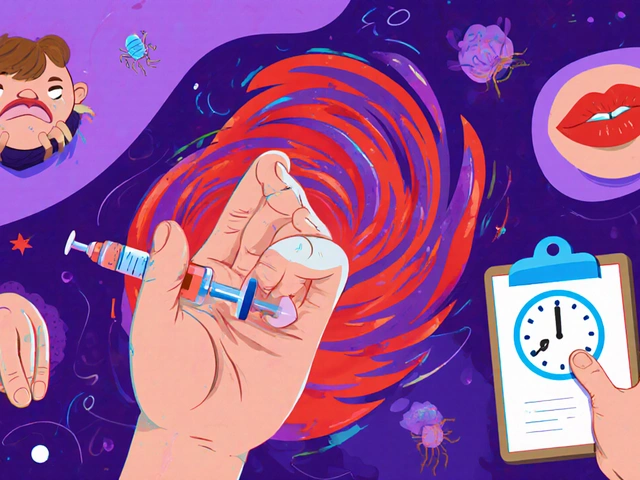
Dopamine Agonist: What It Is and When You Might Need One
If a doctor has mentioned a dopamine agonist, you’re probably wondering what it does and why it’s prescribed. In simple terms, a dopamine agonist mimics dopamine, a brain chemical that helps control movement, mood, and hormone release. By binding to dopamine receptors, these meds can boost the signal that’s missing or blocked.
Most people hear about dopamine agonists in the context of Parkinson’s disease, where dopamine levels drop and cause tremors, stiffness, and slow movement. They’re also used for conditions like hyperprolactinemia (high prolactin hormone) and restless‑legs syndrome. The same class of drugs can cover very different health issues because dopamine touches many body systems.
Common Dopamine Agonist Names You’ll See
When you shop for a prescription, you’ll likely encounter these brand or generic names: bromocriptine, cabergoline, ropinirole, pramipexole, and rotigotine (the patch). Each one works a bit differently, but the core idea is the same – stimulate dopamine receptors.
For Parkinson’s, ropinirole and pramipexole are popular because they’re good at smoothing out motor symptoms without causing too much nausea. Cabergoline shines in treating high prolactin levels and often requires just a once‑or‑twice‑a‑week dose, which many patients prefer.
How to Take Your Dopamine Agonist Safely
Start low and go slow. Doctors usually begin with a small dose to see how your body reacts, then increase it gradually. This approach helps keep side effects like nausea, dizziness, or light‑headedness in check.
Take the medication with food if it upsets your stomach, but follow the specific instructions for each drug – some need to be taken on an empty stomach for best absorption. If you’re using the rotigotine patch, rotate the skin site each day to avoid irritation.
Always tell your doctor about other medicines you’re on, especially antipsychotics, antidepressants, or blood pressure drugs. Dopamine agonists can interact with these and raise the risk of low blood pressure, sudden sleep attacks, or mood changes.
Watch for warning signs. If you feel sudden drowsiness, vivid dreams, or an urge to gamble, report it immediately – these are known side effects for some dopamine agonists. Most people tolerate the meds well, but a small percentage may develop compulsive behaviors or impulse control issues.
Regular check‑ups are key. Your doctor will likely monitor blood pressure, heart rate, and hormone levels, especially when you’re on cabergoline for prolactinoma. Adjustments are common, and the goal is to find the lowest effective dose.
In short, dopamine agonists can dramatically improve quality of life when used correctly. By understanding the basic action, knowing the common drug names, and following safe dosing habits, you can make the most of these treatments while keeping risks low.
-
6 Aug






